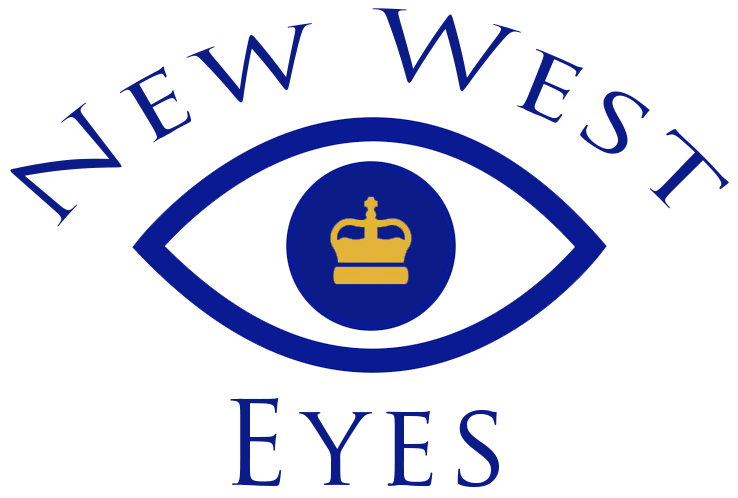What is a cataract?
A cataract is a cloudiness of the eye's natural lens. The lens is a clear part of the eye that helps to focus light (or an image) on the retina. The lens must be clear for the retina to receive a sharp image. If the lens is cloudy from a cataract, the image you see will be blurred. Most cataracts develop gradually with age and may take years to become a problem.
What are the symptoms of cataracts?
The most common symptoms of a cataract are:
Cloudy or blurry vision
Colors seem faded
Glare
A halo may appear around lights
Poor night vision
Double vision or multiple images in one eye (this symptom may clear as the cataract gets larger).
Frequent prescription changes in your eyeglasses or contact lenses.
How is a cataract removed?
When a cataract causes vision problems that interfere with your daily activities, your ophthalmologist may recommend surgery to remove the cataract. With cataract surgery, your eye's cloudy natural lens is removed and replaced with a clear artificial lens implant called an intraocular lens or IOL. A small incision is made in the front surface of the eye and a circular hole is cut in the front of the thin membrane (anterior capsule) that encloses the eye's natural lens. Typically, the lens is then broken into smaller pieces with an ultrasonic device so it can be more easily removed from the eye. Once the entire lens is removed, it is replaced with a soft, foldable IOL to restore vision.
Will I need to wear glasses after surgery?
It's likely that you will need reading glasses afterward, however there are options such as multifocal lenses or mono-vision cataract surgery where the power of the IOL is customized in each eye to expand the range of clear vision when the two eyes are used together. In this scenario, the dominant eye provides sharper distance vision and the non-dominant eye provides sharper near vision. If you want the greatest freedom from eyeglasses possible, ask your cataract surgeon to discuss available options and the best choice for your visual needs during your cataract surgery consultation.
What can I expect after surgery?
Recovery from the procedure is usually very rapid, with most patients resuming normal activities within a few days. After surgery, your surgeon will talk to you about the eye drops that are prescribed, instructions for how to care for your eye, and a follow-up appointment the next day. Most surgeons suggest that you don't drive for 24 hours after surgery. A stinging or gritty feeling is normal but avoid rubbing or putting pressure on your eyes. Reading, walking, watching TV or other light activities are okay as soon as you get home, but you should avoid strenuous activity like heavy lifting for at least a week.
Is there a cost for cataract surgery?
It depends on which lens you choose for your implant. MSP will cover the cost of the soft, foldable lens, however, if you have a fair amount of curvature to your eye, you may wish to choose a specialty "Toric" lens to correct your astigmatism. This lens has an additional cost per eye. At our office, we strive for the best possible outcome after surgery which is why we recommend considering special measurements that will help the doctor find the optimal power of lens to use for your implant. This measurement is not covered by MSP so there is an additional fee, however it is not mandatory for cataract surgery.
What is astigmatism?
Astigmatism is a refractive error that occurs when the front surface of your eye (cornea) is slightly irregular in shape, resulting in vision being blurred or distorted at all distances. Astigmatism is not a disease, but a common visual condition.
What happens if cataracts go untreated?
If left untreated, the clouded area in your lens will continue to grow. The speed at which cataracts develop varies, but eventually your entire lens can become clouded, causing significant visual impairment.
How do I know which replacement lens is right for me?
The replacement lenses (known as intraocular lenses or IOLs) that you receive during cataract surgery depend on your lifestyle and your visual needs. Your surgeon will make a recommendation, but it's a good idea to familiarize yourself with multifocal lenses, astigmatism-correcting lenses, and monofocal lenses so you can have an informed discussion about your options.
What to expect?
Find out what to expect when you come into our office for a cataract consultation.





